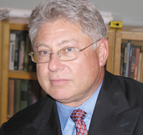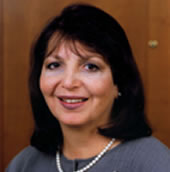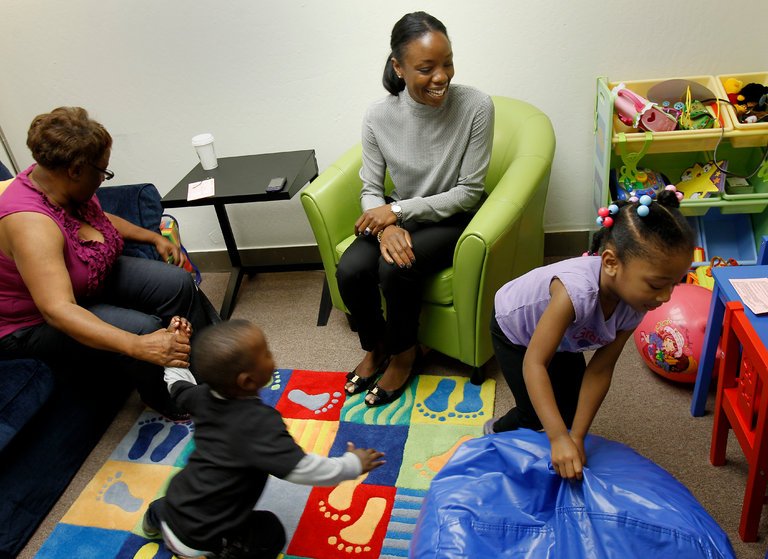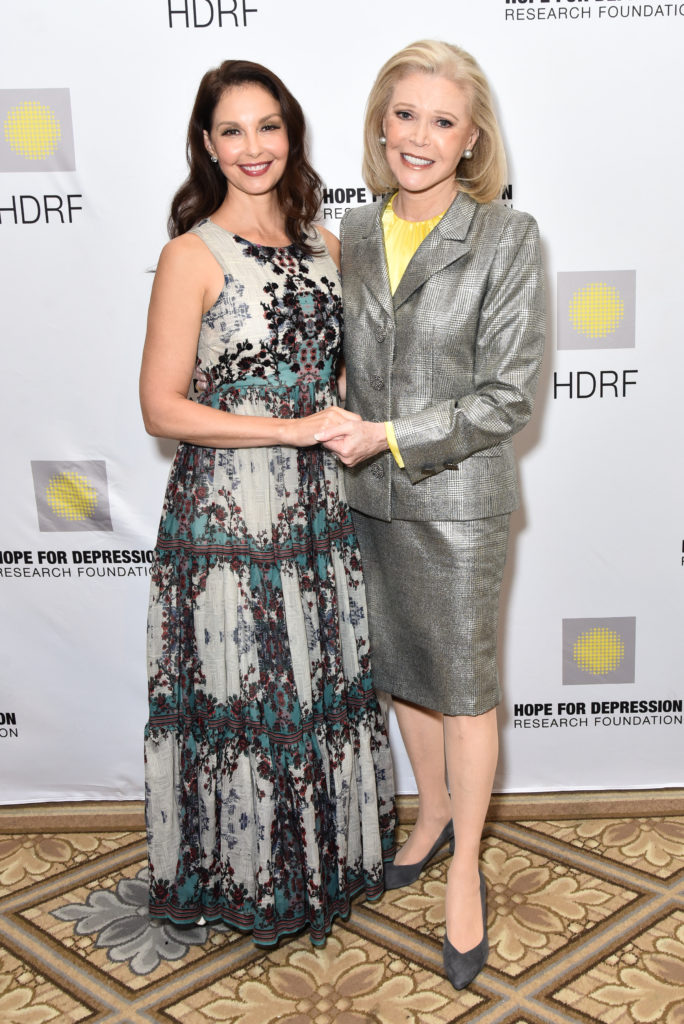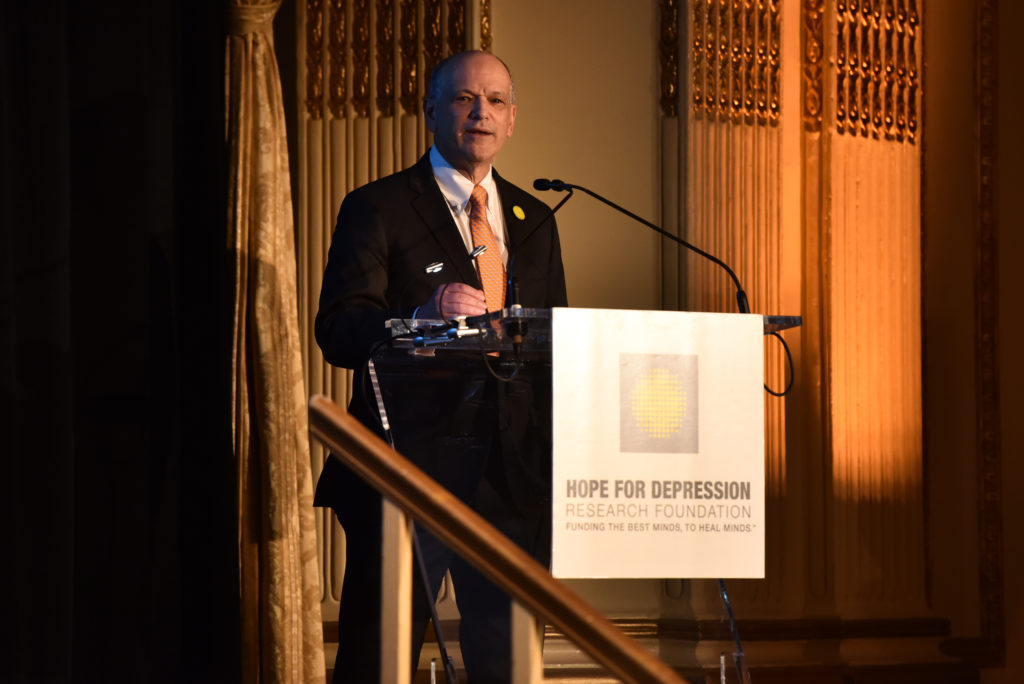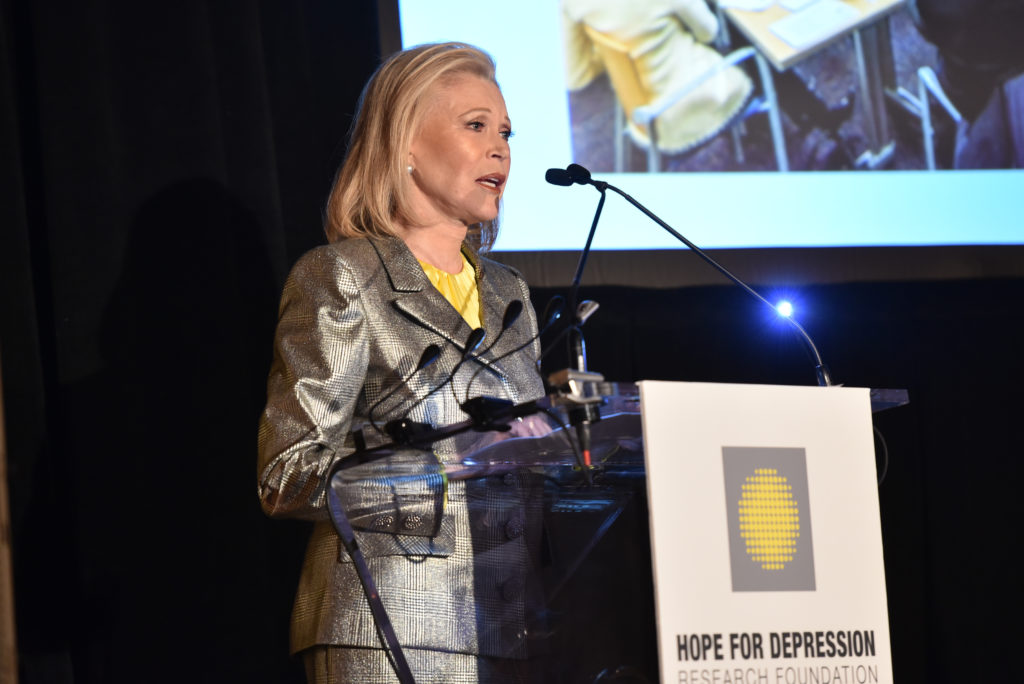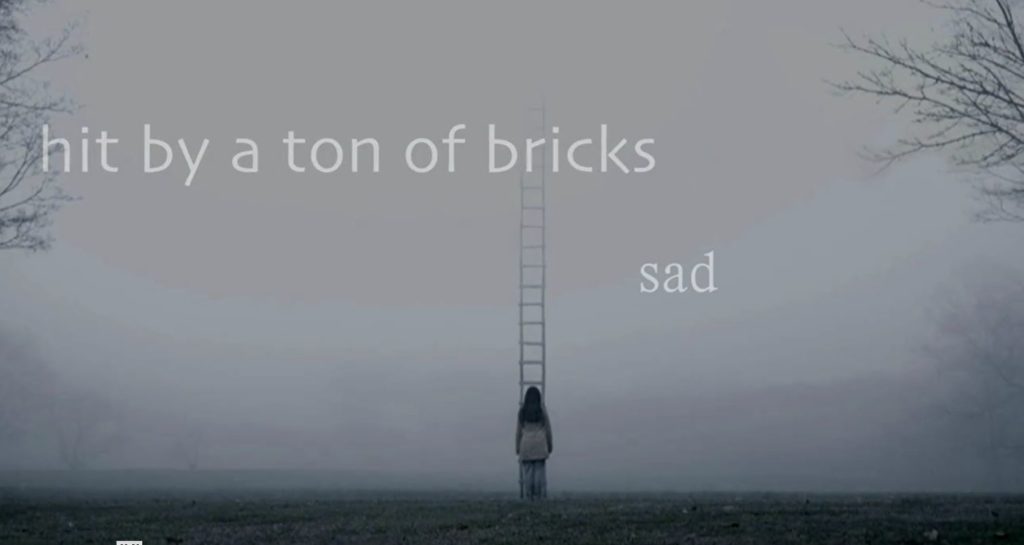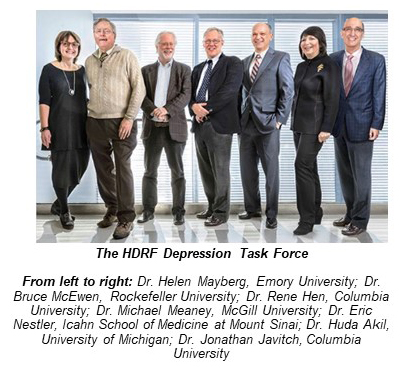
Guest Bloggers
Love and the Brain,
March 5, 2018
Treating the Lifelong Harm of Childhood Trauma,
March 2, 2018
|
Enhance Your Mental Wellness,
March 2, 2018
Three Ways to Enhance your Mental Wellness in the New Year
Did you know that neuroscience can enhance your emotional well-being?
We use this newsletter often to tell you what we know about depression. But the flip side of the coin is that research also teaches us a lot about mental wellness.
To kick off the New Year, we’re excited to announce a new e-newsletter series dedicated to your wellness. We’ll share with you the latest information about how positive life changes can lead to positive brain changes.
In the spirit of health and happiness for 2018, here are three ways* you can keep your brain healthy in the new year:
1) Regular Exercise
Just 15 minutes of exercise changes the electrical activity in your brain’s mood centers. Regular exercise makes your brain stronger and more resilient to stress by increasing nerve growth factors.
2) Better Sleep
Sleep cleanses your brain and enhances its function. Most people need about eight hours. Create a routine to wind down before going to bed; make your bedroom a work-free haven. No TV or computer screens!
3) Practicing Gratitude
Gratitude is scientifically proven to reduce anxiety, improve sleep, and increase the brain’s production of serotonin – an important neurostransmitter. Regardless of your life’s circumstances, the gratitude circuit in your brain can be strengthened. Make gratitude a daily part of your routine by taking a few minutes each day to write down three things you are grateful for.
We’ll start by saying we are grateful for you!
We appreciate your care and interest in the Hope for Depression Research Foundation. With your support, we’ll continue to make great progress in research in the year ahead.
Hope Luncheon Seminar 2017 Was a Great Success!,
November 16, 2017
We want to send heartfelt thanks to the over 300 supporters of our Eleventh Annual HOPE Luncheon Seminar on Wednesday, November 8th. The sold-out event raised over $800,000 for HDRF’s research and received fantastic coverage, including People, the Daily News and Page Six.
Brief Highlights:
Actress and Author Ashley Judd accepted the HOPE Award with a heartfelt speech about her recovery from major depression and her work for women and children around the globe.
World-renowned brain scientist Dr. Eric Nestler spoke on the “Genetics of Depression” and the latest findings of the HDRF Depression Task Force.
Founder & Chair Audrey Gruss announced the launch of the Hope fragrance collection, now available for purchase at Saks.com. 100% of net profits will go to advanced depression research.
You can purchase the Hope fragrance, body cream, and candle at select Saks stores and Saks.com.
Documentary Film
We unveiled a trailer for a feature-length documentary about depression that is currently in the making by a veteran team of filmmakers. Click here to view the trailer.
We would like to thank the incomparable Chuck Scarborough for being our Master of Ceremonies, and all the HOPE Luncheon Co-Chairs who helped create this huge success: Ann Barish, Serena McKnight Bowman, Caroline Dean, Peter Gregory, Kim Heirston, Tania Higgins, Margo Langenberg, Kitty McKnight, Peter S. Paine III, and Patricia Rosenwald.
We’ve loved hearing your feedback! Here are the comments you sent us!
“Simply the best!”
“Informative and moving all at the same time. Bravo!”
“Easy to understand and loaded with information.”
“Beautifully organized and paced!”
“Ashley Judd’s story was riveting and moving.”
“Thanks to you this world will be a more optimistic and positive place.”
Thanks also to our top donors:
Doctorate Sponsors: Eric Javits Inc., Nancy Silverman
Founder Sponsors: Debra & Leon Black
Benefactor Sponsors: Ann & Keith Barish, EGL Charitable Foundation, The Estee Lauder Companies, William Flaherty, Susan & Craig McCaw, Vera Serrano
Patron Sponsors: The Abraham Fuchsberg Family Foundation, Bridge of Allen Foundation, Ide & David Dangoor, Caroline Dean, Edmund Dunst/HUB International North East, Exhale Spa, Findlay Galleries, Maru M. Hagerty, Tania Higgins, Michele & Howard Kessler, Kristen Maltese Krusen, Margo Langenberg, Leonard and Judy Lauder Fund, Susan Lloyd, Barbara Smith, Emilie Sullivan, Sunovion Pharmaceuticals, Inc.
Thank you all for a truly memorable day! To view more pictures from the event click here.
HDRF Depression Task Force: Researchers’ Exciting New Findings,
October 5, 2017
Since 2012, the acclaimed researchers of HDRF’s Depression Task Force (DTF) have worked tirelessly to better understand the brain biology of depression in order to develop a new type of anti-depressant, one that works differently from the 20-plus drugs already on the market. Finding a new option is crucial, since 50% of patients do not respond fully to available anti-depressants.
We are delighted to announce that the Depression Task Force is closer than ever to achieving this bold goal: A recent major paper authored by the entire team reveals they have discovered novel, tangible approaches to new treatments, and they are ready to drive these discoveries from animal testing to clinical trials.
The article, “Treatment Resistant Depression: A Multi-scale, Systems Biology Approach,” appears online this month in the prestigious journal Neuroscience and Biobehavioral Reviews, and will soon be in print. Working together, the seven investigators of the DTF have found new candidate mechanisms for treatment in a relatively short amount of time. It is a brilliant example of collaboration across multiple laboratories and universities.
Here are the highlights:
- They have identified a circuit deep in the brain that appears to play a key role in depression.
- The circuit is not in just one area of the brain, but connects four hubs that regulate emotion.
- Specific patterns of neurons within the circuit become over-active or under-active in depression.
- They have started to map the genetic architecture of these regions, and identify how the architecture changes in depression.
- As a result, they have identified not just precise micro-circuits, but underlying genes that seem to play a key role in depression.
To read the entire paper, please click here.
The publication marks an exciting five-year milestone for our research plan. The DTF is now preparing small, pilot clinical trials of potential therapies, entering into a more mature phase of drug discovery with a handful of promising molecular targets.
As clinical trials commence, the DTF will continue work to find a physical diagnosis for depression and identify different depression subtypes. It is not far-fetched to imagine that in the next decade we will see a whole new generation of treatments – be it drug, brain stimulation or psychotherapy — that work precisely where they are needed.
Yes, there is much hard work ahead. We can’t help but marvel at all that we’ve accomplished, and with your help, all that we will accomplish. Thank you as always for your support of our research mission.


